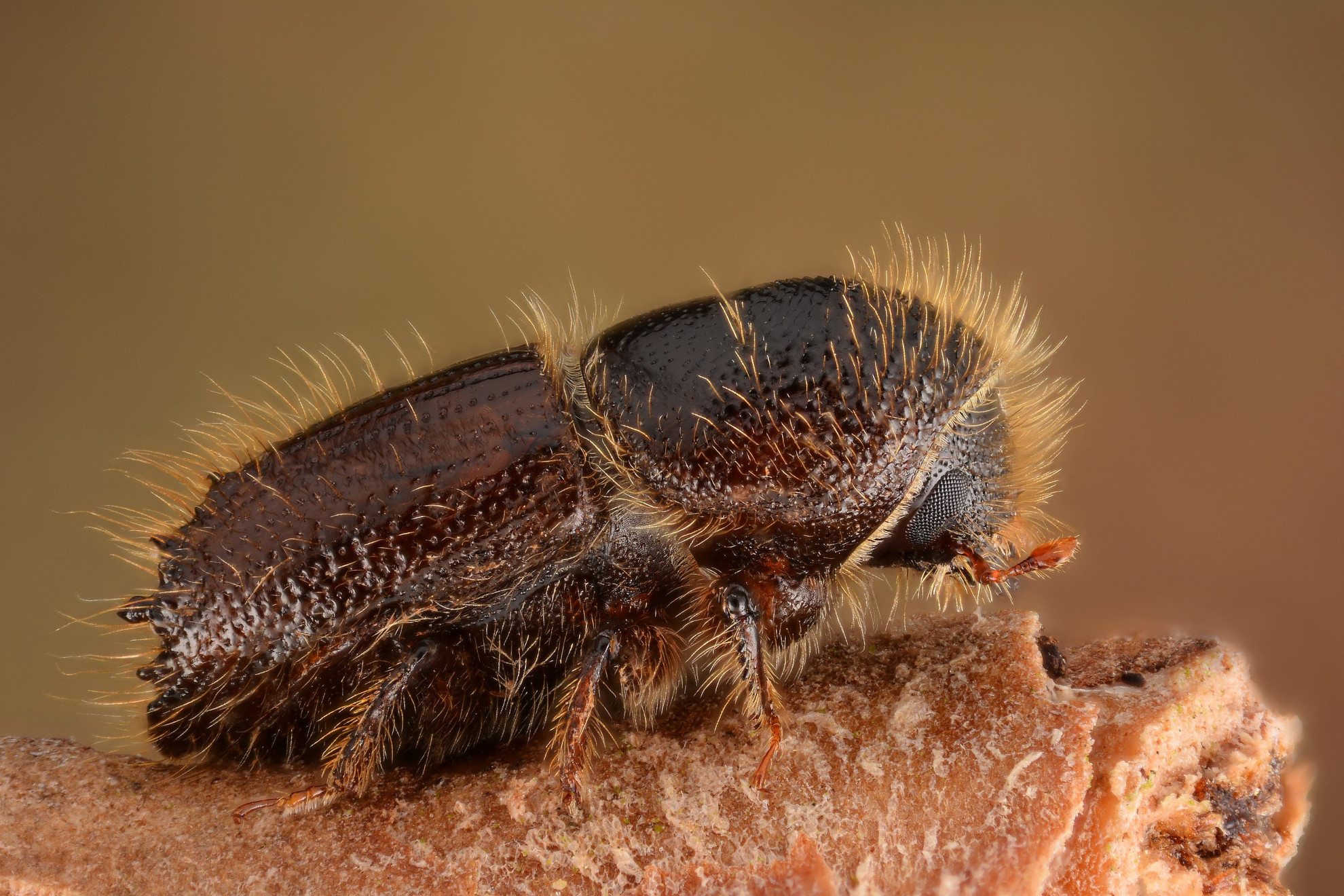
Damn you, bark beetle! Part 1
We have several grand spruce trees on our property close to the house. They offer shade and are majestic. I was a small kid when I used to climb them to look far beyond the horizon.
I was in deep shock last year when I learned that two of these awesome giants had become a home to the spruce bark beetle - Ips typographus. One of these trees lost it's needles during the course of one winter! Imagine a giant spruce, perhaps 100 years old, be dead in 4 months...

Tell-tale signs of the presence of the bark beetle, taught to me by the arborist:
Dead branches appearing in random locations. Naturally, as the tree gets older, lowermost branches die. One of our affected trees developed dead branches high up in the canopy which looks abnormal.
Tiny holes in the bark. These are beetle exit holes.
Resin dripping/flowing on the bark. Unless the tree has physical damage, resin should not be present on the bark.
Here are some pictures of the signs and results of the spruce bark beetle on our property.
The bark beetle spread has recently grown in Estonia due to the climate change. I also see this in our pine forest and I need to deal with it. If left unattended, entire forests could be destroyed. There is an article regarding new pests and bark beetle spread here: Estonian Public Broadcasting article.
I will add a second chapter once the arborist has completed the job.